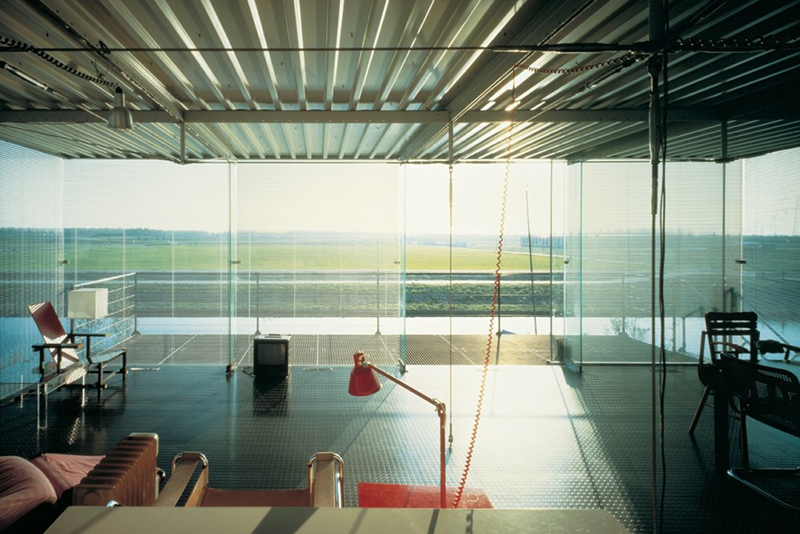 House of Fantasy, Almere. Holland. Jan Benthem, 1984
House of Fantasy, Almere. Holland. Jan Benthem, 1984
Everyone has a representation of an ideal home in which you would like to live. Those architects who pride themselves on this join this basic desire to express a willingness particular poetic there that is linked to their conception of architecture. A wonderful book entitled The home of architect (The architect’s home), published in 2013 by Taschen, about finding that special thought to inventory 100 European architects houses recognized, made in the last two centuries.

The objects and spaces that surround people in their everyday usually define a kind of specific culture, reflecting specific needs but also indirectly ethical and aesthetic values of each. The houses we live we have to read almost as a kind of representation of the ideology itself and our families, located between desires and reality of potential.
As noted by the critic Christian Norberg Schulz in his book Concept of Dwelling (Concept of living) of 1986:
It is precisely the house, as a privileged place for action and exposure, an instrument through which man perceives and orders the world around.
The houses of the architects are unique spaces away from the constraints of clients, imaginary territory is bounded only by the available funds and the demands of the closest. There is express a set of values and concepts that refer to accumulation by each professional knowledge and artistic. The project is a coveted individual artistic desideratum establishing expressive freely in these personal residences.
According to the compiler Home of architect, Genaro Castiglione, these houses of architects clearly become an autobiographical. A balance between the aesthetic concepts of the specific author and feelings of the people who have to live them, accompanying them along their life paths. Each design decision, every detail material, from site selection, the use of light and furniture pieces, etc.. have been evaluated and adopted with special care and speak of a specific perception of architecture. Curiously, these spaces are the result of cultural tension that holds that particular architect, located between the influences of local traditions and international references. A round trip of references that transcends borders in a fragile operation Cross fertilization of ideas and motifs for the realization of domestic space.
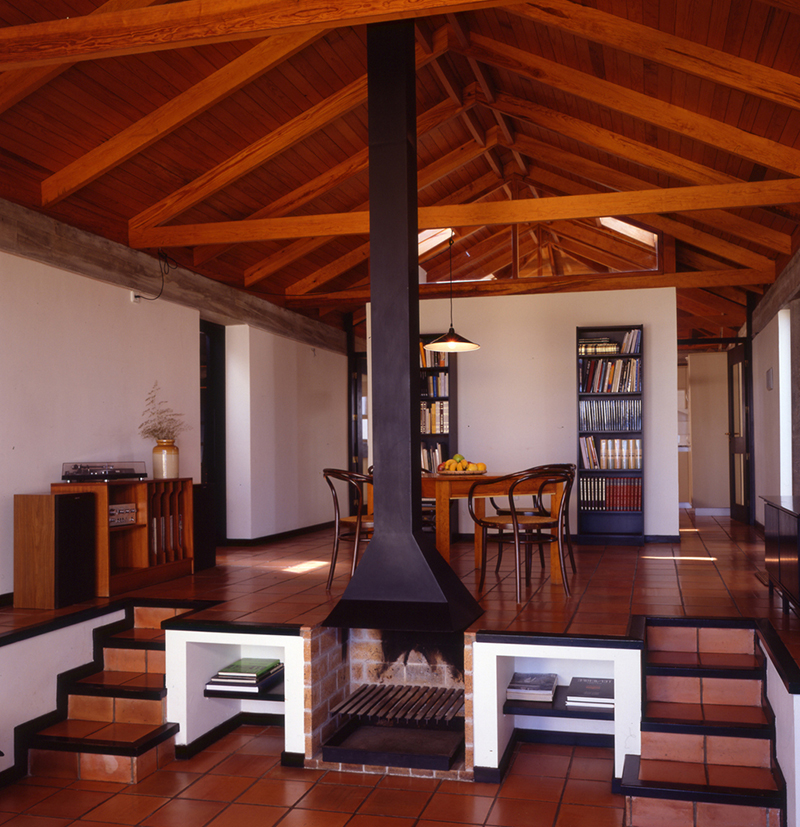 Casa Los Laureles, Tacoronte. Tenerife, Canary Islands. Federico Garcia Barba, 1985
Casa Los Laureles, Tacoronte. Tenerife, Canary Islands. Federico Garcia Barba, 1985
I myself have built my own home many years ago. A building that would propose from reflection on typological forms of folk architecture existing in the Canary Islands; and I designed following a personal investigation on rural households in northern Tenerife. My home would project at a time of great difficulty, as we travel today. I could only make it reality programming also an economic strategy that would allow me to build and get the necessary resources while the dwelling was. So that personal home vi arise beside the little garden that surrounds us, just as I also think my own family wine. In time, was almost an obsession for me, a way to integrate ubiquitous in a landscape that had a perception then after the years I have come to recognize as romantic. It was a form of communication with those who had preceded me, Islanders farmers, but also to those great artists who had to study hard. Usher there somehow heterodox and simplistic, the formal classicism traveled by modern American and German architects, starting from the work schinkeliana, bear fruit in some projects and simplicity Mies exerted on works made in the decade of the 50 and 60 on the West Coast of the United States. I still remember the emotion felt when visiting the small pavilion years after Schinkel in Berlin's Charlottenburg Palace. A simple Italian-inspired village that the German master built by King Frederick William to Auguste, his second wife.
In The home of architect I've seen many architects admired many attitudes like mine to tackling their own home.
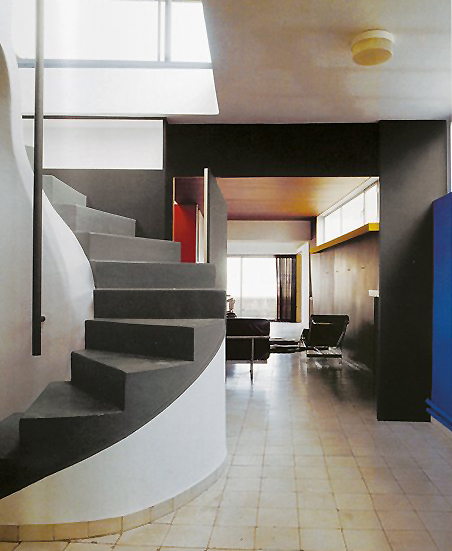 Apartment of Le Corbusier. 24, Rue Nungesser et Colli, Paris. 1933
Apartment of Le Corbusier. 24, Rue Nungesser et Colli, Paris. 1933
In that book are widely compilation of the great houses of the twentieth century. As the house was made in Alvar Aalto Munkkiniemi just outside Helsinki or the famous Le Corbusier apartment on his studio in Paris Porte Molitor. Also revealed that the house built by Walter Gropius's Bauhaus Dessau. O la Red House en Bexleyheath, medievalist project of William Morris. And the delicate Charles Rennie Mackintosh apartment prepared for his beloved Margaret, full of very special pieces of furniture. The latter partially destroyed and then rebuilt pair form of the material on display in the Hunterian Gallery in Glasgow.
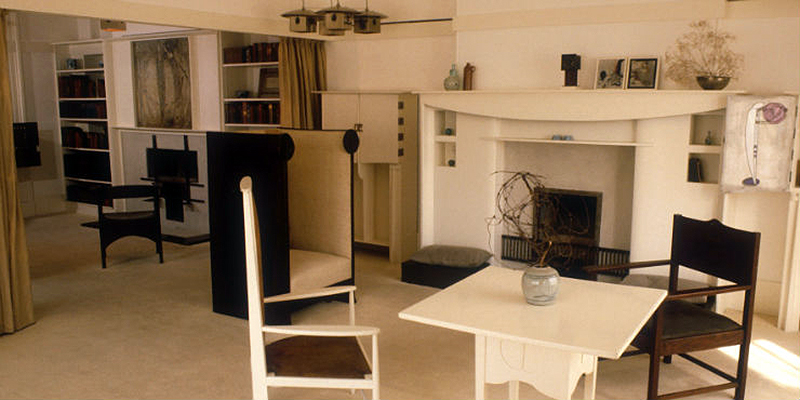 Apartment of 6 of Florentine Terrace, Glasgow (partially rebuilt in the Hunterian Gallery. Charles Rennie Mackintosh y Margaret Macdonald, 1914
Apartment of 6 of Florentine Terrace, Glasgow (partially rebuilt in the Hunterian Gallery. Charles Rennie Mackintosh y Margaret Macdonald, 1914
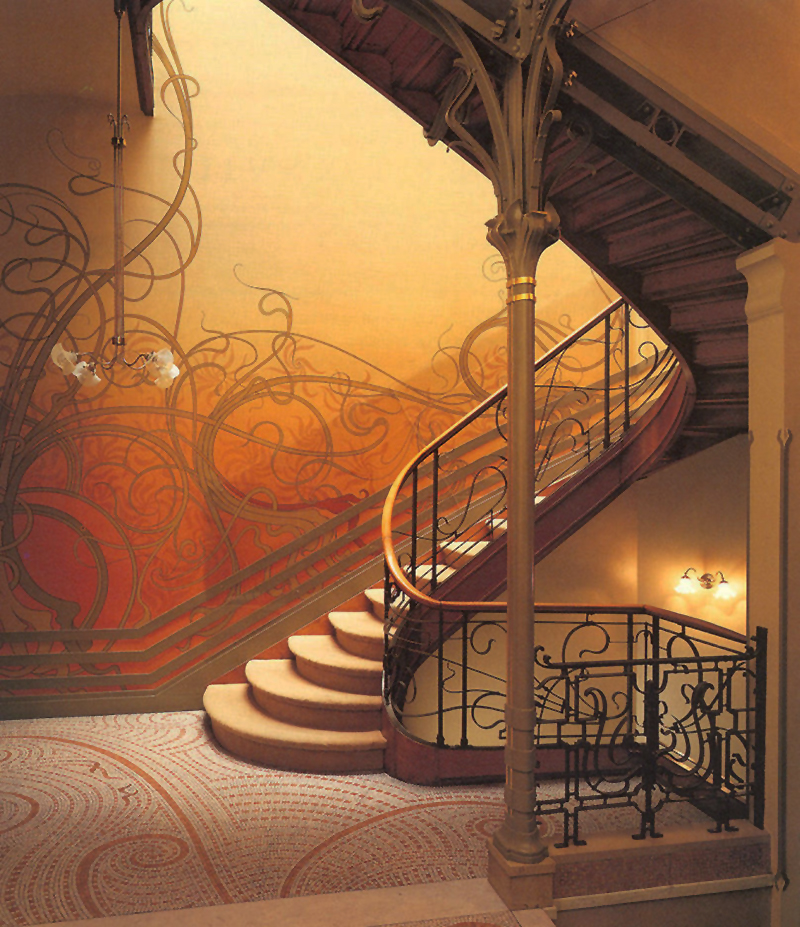 23-24, Rue Americaine. Brussels. Victor Horta, 1898
23-24, Rue Americaine. Brussels. Victor Horta, 1898
But the dwellings of other distinguished architects, Arne Jacobsen, Sverre Fehn, Gio Ponti, John Pawson, Ernesto Nathan Rogers, Soto Eduardo Moura, Oswald Mathias Ungers of Josep María Olbrich, to name a few already recognized by history. It's exciting to go with the look the orderly office environment Eliel Saarinen staff or Cluttered benches other Nordic and respectable architect Sigurd Lewerentz. It is also lovely to discover plant-inspired forms that set off the Art Noveau, found in almost all elements of the floor would project for himself Victor Horta in Brussels Rue Americaine. Or the objects that surrounded him in life Eilleen Gray, she would design for very special home in Roquebrune and today are classics of twentieth century furniture. Each was a unique character, architects who lived surrounded by images and objects belonging to a very particular universe.
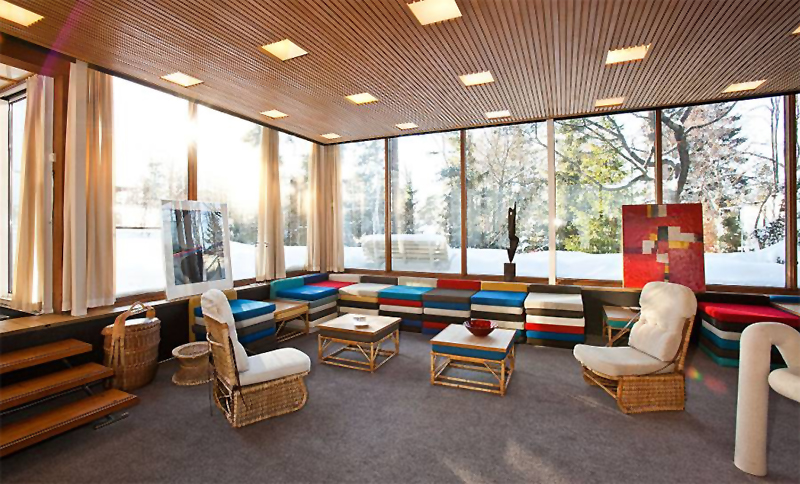 Inside the Casa Korsmo in Planetveien, Oslo. Arne Korsmo y Christian Norberg Schulz. 1968
Inside the Casa Korsmo in Planetveien, Oslo. Arne Korsmo y Christian Norberg Schulz. 1968
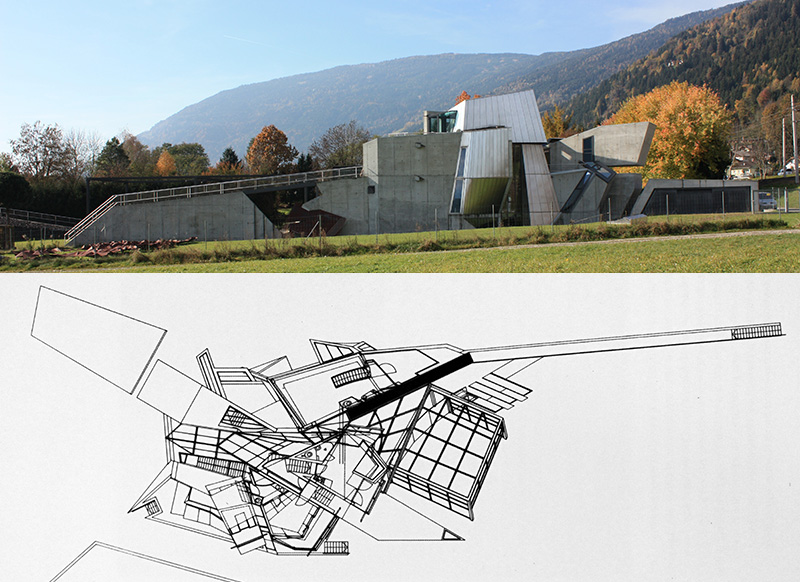 Foreign and perspective Steindorf House, Carinthia. Austria. Gunther Domenig, 1986
Foreign and perspective Steindorf House, Carinthia. Austria. Gunther Domenig, 1986
But the most interesting of the book is to discover other little gems unknown architects who had no international recognition and, however, were masters of the domestic. As I happened to me with the Norwegian Arne Korsmo, whose house would design in collaboration with the great critic and historian Christian Norberg Schulz. Theirs are houses that summarize the special spirit of the Norse for that light is an essential tool because of their scarcity.
In this domestic travel is notable for its excess Steindorf home Gunther Domenig. An artifact is an exercise in self-assertion towards an architecture radically different in their forms disjointed. Is shown near the Deconstructivismo, shown that architecture that emerged from the Austrian region of Styria and international resonance reach the hands of some compatriots as Coop Himmelblau. An architecture that you want the most extreme edge and irrational vehemence of gesture and would support what some adjetivaron as media successfully deconstructive. A quarter century later, still echoes of the homonymous exhibition that held the Museum of Modern Art in New York under the baton of Philip Johnson.
Highbury House architect, London. Adam Caruso, 1994
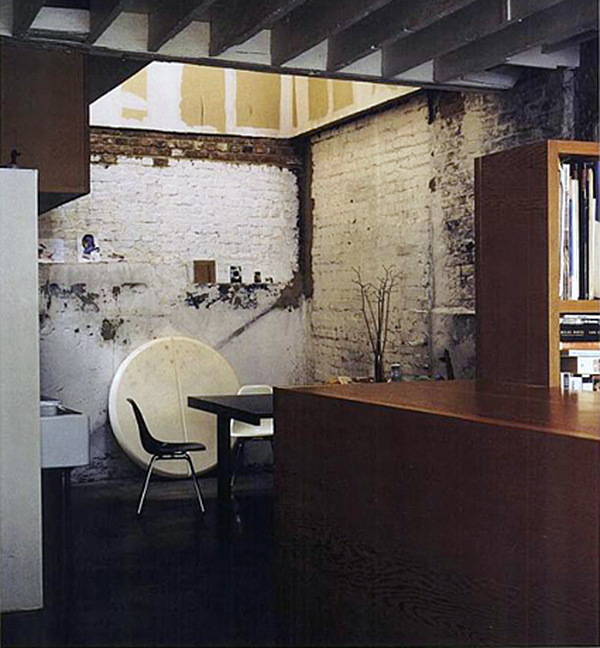
The, houses that foreshadow a present of recycling and utilization of existing. As Adam Caruso still done for himself in a nondescript neighborhood of London. In these spaces the new coexists with existing in a mixture halfway between the site's history and aesthetic ideas fresh from his thought. His residence summarize this admiration for the temporary accumulation of built forms and spatial resources from those who have preceded him in the living of a particular place. At the same time, superimposed writing that character is a stimulus for Caruso, seeking out the best opportunities for small places with a wise management in the mix of materials and the introduction of new forms of lighting that make everyday always unfinished space which is comfortable living.
And so to a hundred striking examples that make the best European architects have made for themselves over the last two centuries. This collection would be integrated into a traveling exhibition, called One hundred houses for one hundred european architects (Hundred Houses for One Hundred European Architects). The result of the research is this book that has been published by Taschen GmbH and is available online at Net MEAM page. A gem in which we can enter everyday landscapes and particular universes an extensive list of admired architects.
The home of architect inventory is wonderful that you have edited the Italian professor Gennaro Postiglione collaboration with Francesca Acerboni, Andrea Canziani, Cumin and Claudia Lorenza Zanlugo. It is the result of team effort Museum of Modern European Architecture Network (MEAM Net), transnational working group led by the Department of Architecture of the Polytechnic of Milan which has been funded by the Culture Programme 2000 European Union. The architect’s home se initially conceived as a research project to document the spaces that architects make for themselves and their families. However, after their exertions in this collection, developed the idea of forming a museum network connecting all these unique experiences in an organized structure that contributes to strengthening the common European culture.
Perhaps the most interesting thing that emerges from this effort is the ability to finish forming a transnational museum of architecture in which to propose an itinerary of places protected and preserved as evidence of the essential idea of the architects for themselves. A unique spaces that can also be integrated original furniture, artworks, fabrics and all those other unique elements that some collected or devised to define their own paradise in their passage through this land.
More information:
The architect’s home. Gennnaro Postiglione. Bags, 2013
One hundred houses for one hundred architects. MEAM NET
The house of the architect. Blog Quadrature Architects 09/04/2013
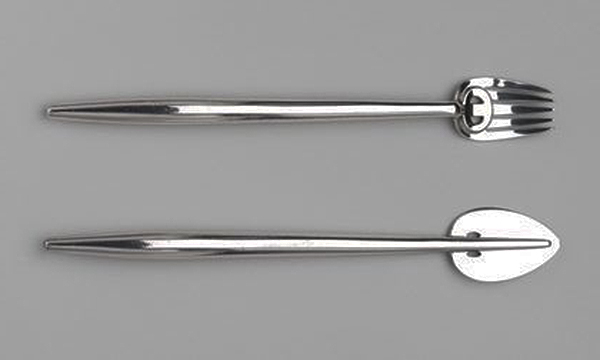
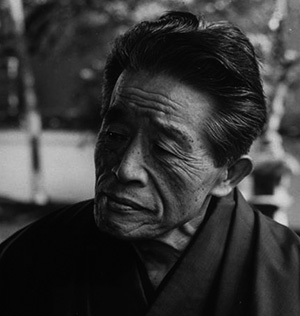


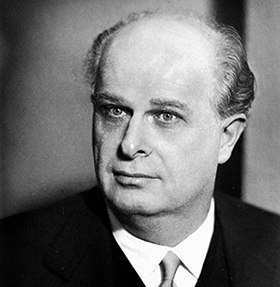
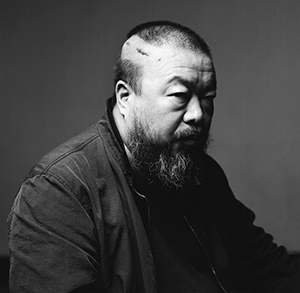
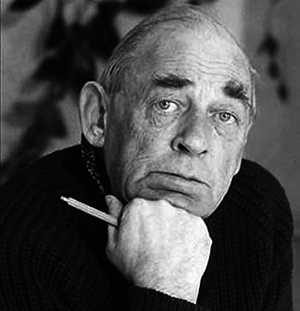
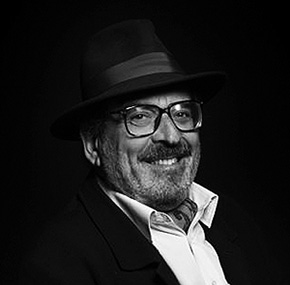
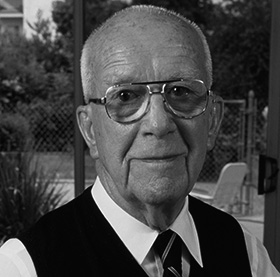
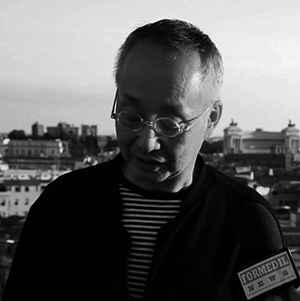
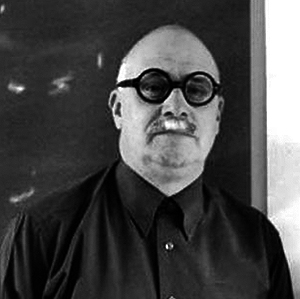
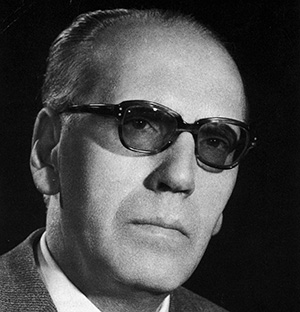
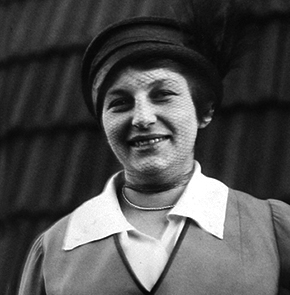
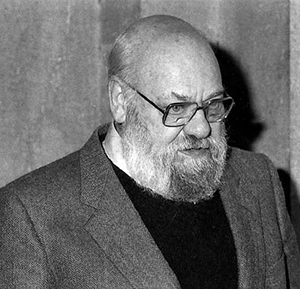
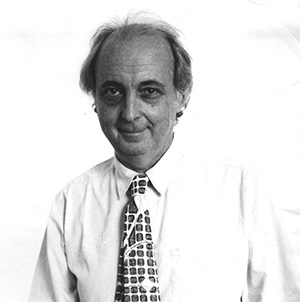
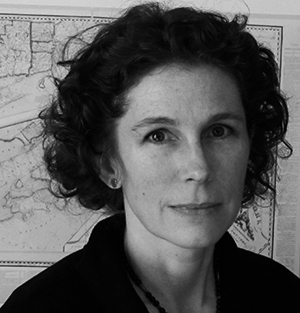
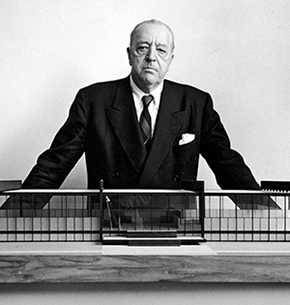
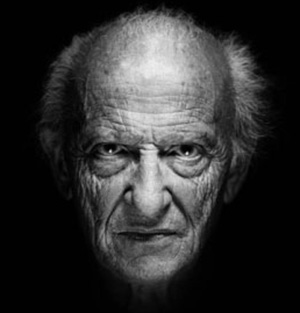
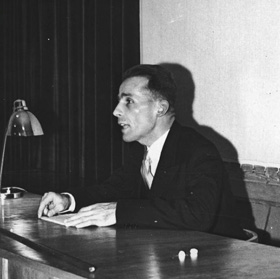

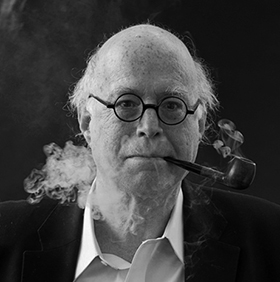
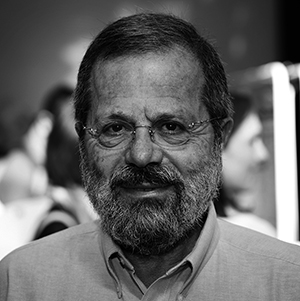
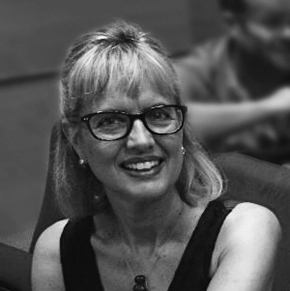

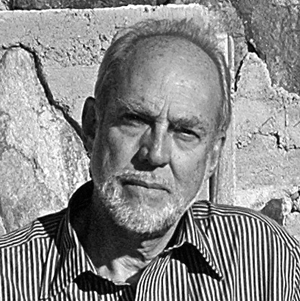
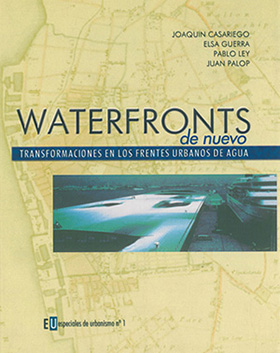




Like I curraste Federico!!